Review: 2013 Nissan Altima SL 3.5 (Video)

The “family sedan” may not be very exciting, but without midsized sales auto makers would be in a pickle. Ponder this: the five best-selling midsized sedans in America accounted for 1.3 million of the 12.8 million vehicles sold in 2011. With numbers like that, it’s important to get your mass-market people mover right. This means competitive fuel economy, a low base price and swipe as much tech from your luxury brand as possible. Either that or just wear a Nissan badge on the front. Say what? The last generation Altima was the second best-selling car despite being long in the tooth and filled with Chrysler quality plastics. That made me ask an important question: Is the fifth-generation Altima any good, or is it selling well (now in third place thanks to the new Accord and Nissan’s model change over) just because it has a Nissan logo on the front?
Exterior
A design that doesn’t alienate the customer you expect to return and buy their second or third car is critical. Just ask Ford how that bubble-Taurus redesign went in 1996. Still, midsize sedan shoppers demand some style so Nissan’s design team jammed a bit of Maxima, a pinch of Infiniti M and a “whole-lotta” Versa into a sausage press and cut the Altima off at 191.5 inches. This makes the new Altima longer than a Camry, a hair longer than a Maxima and essentially the same size as the Accord and Fusion. Nobody will confuse the Altima with an Aston Martin, nor will they think their neighbor is driving a budget Bentley. Instead the slab-sided Altima delivers clean lines and elegant good looks. Think of it as the Midwestern farm girl to the Fusion’s Los Angeles call girl.
Interior
Before we hop in, let’s have a moment of midsized honesty. The last gen Altima, much like the former Sentra, was a plastic penalty box on the inside that belonged in a Hertz garage, not mine. It appears Nissan took the criticism to heart and made such a drastic improvement to the Altima’s interior I suspect Infiniti’s interior decorators lent a hand. Yes, the interior design is somewhat bland, but nobody’s $20,000-$30,000 is very exciting and that’s just how midsized shoppers like it. In sharp contrast to the Fusion’s Germanic black-on-black-on-black interior, our Altima was covered in acres of light beige leather, pleather and soft-touch plastics. The lighter materials make the cabin look larger and warmer than the numbers indicate with headroom and legroom falling in line with the competition. Some reviews I have seen complain about the cabin’s materials but I’m honestly not clear why. The Altima’s plastics and pleather are better than those in the Camry and Passat and equal to or better than the new Fusion and Accord. Fear not TTAC faithful, there is a low point in the interior: only the SV and SL models eschew the rubbery-plastic tiller for leather wrapping.
Since our tester was the top-of-the-line SL, the cockpit featured a heated tilt/telescopic steering wheel, an 8-way power driver’s seat and manually adjustable lumbar support. Shoppers that chose the 3.5L V6 will be treated to a pair of the best looking and best feeling magnesium paddle shifters this side of a BMW M6. Seriously. There’s just one problem: paddle shifters on a car with a CVT make as much sense as a parking brake on a french poodle. (Yet for some reason I found myself caressing their magnesium goodness non-stop when I was behind the wheel.) Like the most entries in this segment, the front passenger seat remains manually adjustable regardless of trim level and upholstery. Thanks to Nissan’s “Zero Gravity” seat design, the front seats proved comfortable and didn’t’ aggravate my temperamental knee during a 2 hour road trip. Since manufacturers “march to their own drummer” when measuring legroom, take your family to the dealer and jam them all in the car before making a purchase.
Drivetrain
While others are downsizing from V6s to turbo fours in search of improved MPG numbers, Nissan stuck to their I4/V6 lineup. The base Altima is four-cylinder only while the S, SV and SL models are available with either engine. In addition to the extra cylinders, V6 shoppers get wider tires and shift paddles.
The 2.5L four cylinder mill is good for 182HP at 6,000RPM and 180lb-ft of twist at 4,000RPM while the 3.5L V6 (VQ35DE) turns up the dial to 270HP at 6,000RPM and 258lb0-ft at 4,400RPM. Both engines send the power to the front wheels via a revised Nissan Xtronic CVT with tweaks to reduce friction, improve acceleration, and reduce the “rubber-band” feeling that journalists whine about.
Our tester was a V6 SL which does battle with the Camry and Accord V6 and the 2.0L direct-injection turbos from Ford, Hyundai and Kia. Although V6 sales have dwindled to around 10% of Altima sales, 10% of the second best-selling sedan is a big number. Compared to the competition’s 2.0L turbos, Nissan’s V6 has a torque disadvantage. To combat this, the Altima was put on a diet now tipping the scales at a svelte 3,178/3,335lbs (I4/V6).
Infotainment, Gadgets & Pricing
To improve inventory turnover, Nissan followed VW’s lead and cut back on options. The 2.5L engine starts with the rental-car-chic base model for $21,760 (sans destination). Want options? Sorry, other than color choices there are no options on base and S models. Stepping up to the $22,860 S gets you auto headlamps, keyless entry/go, 6-way power driver’s seat, pollen filter, cruise control and two more speakers (six total). The $24,460 SV is the first model to get some USB/iDevice love, 5″ LCD radio, leather tiller, satellite radio, Pandora integration, backup camera and the ability to check options boxes. The $27,660 SL model adds leather, fog-lights, 8-way driver’s seat, heated front seats, heated steering wheel, and nine Bose speakers. Thankfully 2013 brings standard Bluetooth phone integration with Bluetooth audio streaming and an AUX input jack to even the rental-car destined base model.
The 3.5 S is $2,900 more than the 2.5S and in addition to the V6 adds the shift paddles and wider tires. Adding the 3.5 to the SV will set you back $3,800 due to the bundling of a moonroof and a few other items that are optional in the 2.5. The 3.4 premium on the SL model is $2,900 and in addition to the wider rubber Nissan tosses in Xenon headlamps. If HIDs are your thing, this is the only way to get them.
For $595 on the SV you can add Nissan’s new 7-inch touchscreen nav system dubbed “Nissan Connect.” The system looks like an improved version of their former “Low Cost Navigation” system in the Versa. In addition to a larger display, Nissan polished the UI, added Pandora, Google-send-to-car, faster processing, voice commands and XM NavTraffic/NavWeather. The system won’t voice command your iDevice or climate control like SYNC, but that’s a small price to pay for a responsive system that doesn’t crash, is easy to use and incredibly well priced. While I still have a love for MyFord Touch that dare not speak its name, Nissan Connect is now one of my favorite infotainment systems. Note to Nissan: put this in the S model as well. SL shoppers beware, Nissan Connect will cost you $1090 because it is bundled with blind spot warning, lane departure warning and moving object detection.
There is one more reason to get Nissan Connect: the plastic surrounding the base and 5″ display audio systems scratches easily. Our nav-free tester looked like someone had run a Brillo Pad across the front and just running my finger across the plastic (not my fingernail) caused fine scratches. This is a pity, but not a problem exclusive to the Altima, the new Accord and Camry suffer from this as well.
Drive
The crash diet and CVT pay dividends at the pump. The Altima 2.5 manages 27/38/31 MPG (City/Highway/Combined) and does so without direct injection, start/stop, batteries or aero packages. What about that V6? Nissan’s focus on weight has made the Altima 3.5 lighter than the Accord V6 and Fusion 2.0 Ecoboost by over 200lbs. In our 3.5 SL I averaged an impressive 27.6MPG over a week of mixed driving. This is notably above the 25MPG combined EPA score despite my commute and the 2,200ft mountain pass I cross twice a day. You can thank the light curb weight and CVT for that. The Accord V6 matches the Altima’s combined EPA number and the Fusion trumps it by one MPG on paper. In the real world, the Altima beat both by 4MPG. My average was so surprising I dropped by a dealer to try another one. The result was the same. I took to the pumps to “pump-drive-pump-calculate-pump-drive-pump-calculate.” The results came within 1MPG of the car computer.
Nissan’s new CVT has dulled the “rubber band” feeling earlier CVTs inflicted upon drivers. This version also “downshifts” faster, although it still takes longer to get from the highest ratio to a “passing” ratio than a conventional 6-speed automatic when accelerating from 50-70 MPH. Aside from economy, the other benefit of a CVT is that it can keep the engine at an optimum RPM for maximum acceleration and drama-free hill climbing. Despite being down on torque compared to the turbo competition and having a less advantageous torque curve, CVT helped the Altima to scoot to 60MPH in an impressive 5.5 seconds (traction control disabled).
As much as I like CVTs, they are not the dynamic choice for “gear holding”. Sure Nissan has those sexy paddles on the Altima, and they have programmed the CVT to imitate a 7-speed automatic. Unfortunately the transmission’s “shifts” are slow and mushy, feeling more like a worn out Hydramatic than a modern 7-speed. When you’re on your favorite back-country road, take my advice: caress those sexy paddles, but whatever you do, don’t pull them.
When the road curves, a light chassis will only get you so far, thankfully Nissan tuned the Altima’s suspension to be compliant but surprisingly agile. Adding to the fun-factor, all V6 models are shod with 235/45R18 rubber, notably wider than the V6 Camry’s standard 215 or optional 225 tires. The suspension, curb weight and tires combine to give the Altima a slightly higher road holding score than the Fusion 2.0 Ecoboost we got our hands on, but numbers aren’t everything. The Fusion’s steering may be numb, but it manages more feeling than the Altima and even I have to admit the CVT sucks the fun out of aggressive driving. If that matters to you, drive past the Nissan dealer and pick up a Fusion 2.0T with or without AWD.
Brand reputation is one of the largest factors when it comes time for a shopper to drop 25-30 grand on their family sedan. It’s the reason the old Altima sold as well as it did, and as far as I can see, it’s the only reason the Camry sells in record numbers. Rather than selling on reputation alone however, Nissan has proved they can build a sedan worthy of its lofty sales goals.
Some may call this a cop-out, but in my book the Accord, Fusion and Altima tie for first place in my mind. Here’s why: each of this trio plays to a different audience. The Fusion is gorgeous, more dynamic than the Altima but has stumbled with the 1.6L Ecoboost quality issues. The Accord is a traditional choice with a solid reputation and greater visibility thanks to an enormous greenhouse. Meanwhile the new Altima is a stylish elegant sedan with a powerful and seriously efficient V6. If I were dropping my own money on a sedan in this category I would have a hard time choosing between the Altima 3.5 SL and a Fusion 2.0 Ecoboost.
Nissan provided the vehicle, insurance and one tank of gas for this review.
Specifications as tested
0-30: 2.6 Seconds ( 3.2 with traction control)
0-60: 5.5 Seconds ( 6.2 with traction control)
1/4 Mile: 13.9 Seconds @ 104 MPH
Average Fuel Economy: 27.6 MPG over 670 Miles

More by Alex L. Dykes
Latest Car Reviews
Read moreLatest Product Reviews
Read moreRecent Comments
- Jkross22 When I think about products that I buy that are of the highest quality or are of great value, I have no idea if they are made as a whole or in parts by unionized employees. As a customer, that's really all I care about. When I think about services I receive from unionized and non-unionized employees, it varies from C- to F levels of service. Will unionizing make the cars better or worse?
- Namesakeone I think it's the age old conundrum: Every company (or industry) wants every other one to pay its workers well; well-paid workers make great customers. But nobody wants to pay their own workers well; that would eat into profits. So instead of what Henry Ford (the first) did over a century ago, we will have a lot of companies copying Nike in the 1980s: third-world employees (with a few highly-paid celebrity athlete endorsers) selling overpriced products to upper-middle-class Americans (with a few urban street youths willing to literally kill for that product), until there are no more upper-middle-class Americans left.
- ToolGuy I was challenged by Tim's incisive opinion, but thankfully Jeff's multiple vanilla truisms have set me straight. Or something. 😉
- ChristianWimmer The body kit modifications ruined it for me.
- ToolGuy "I have my stance -- I won't prejudice the commentariat by sharing it."• Like Tim, I have my opinion and it is perfect and above reproach (as long as I keep it to myself). I would hate to share it with the world and risk having someone critique it. LOL.



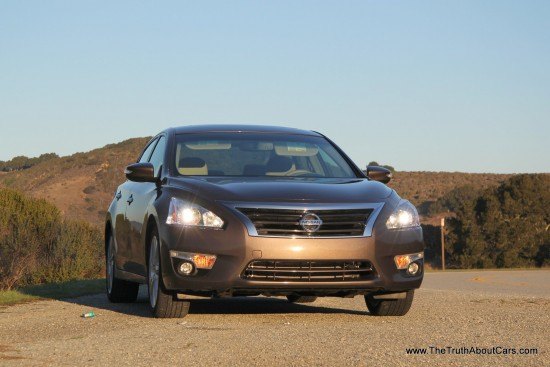





































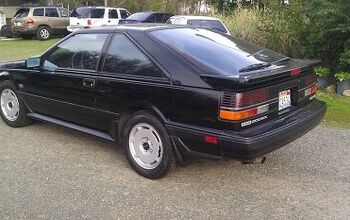

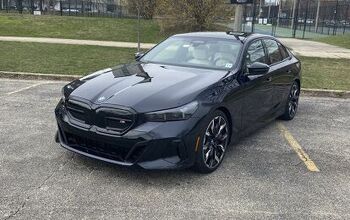
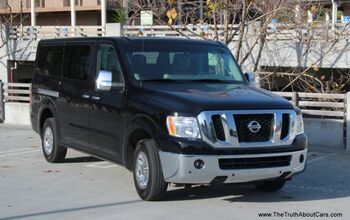
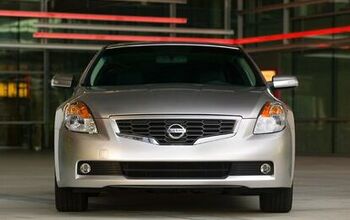
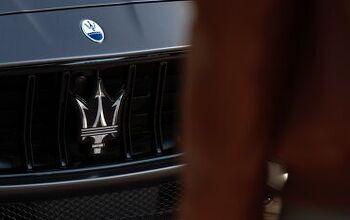

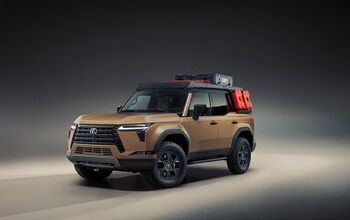
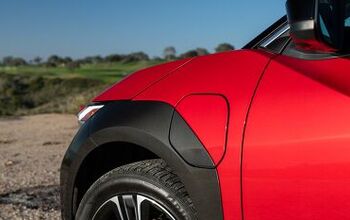

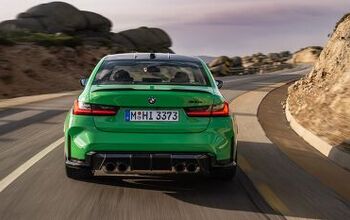
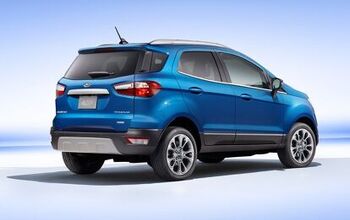
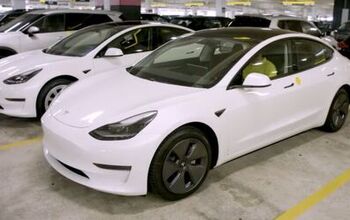
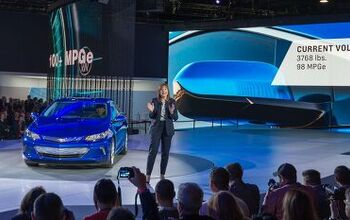

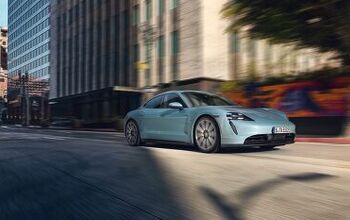

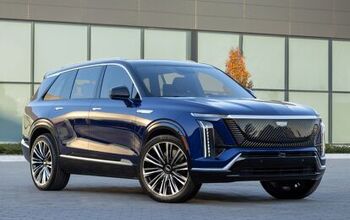
Comments
Join the conversation
Slap a Lexus badge on there and you've got an ES (in exterior appearance anyway). But I'm glad we've finally crossed the nonsensical bridge where the Altima is BIGGER than the Maxima. Nissan, it's time to drop it.
CVT transmission
you can even cheap out on an automatic!
Just remove the gears, replace them with planetary ratios, make them too weak to handle substantial power, make them nearly impossible to upgrade and expensive to replace
CVT: The worst of both worlds